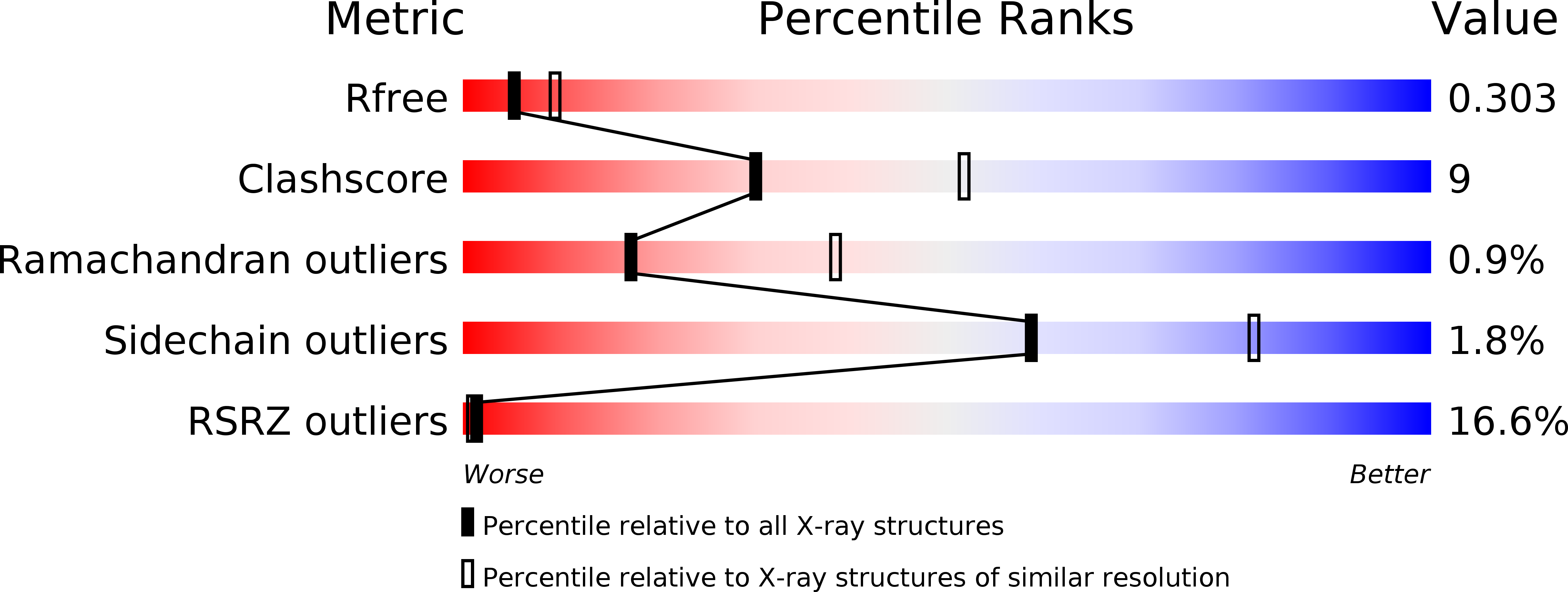
Deposition Date
2013-12-18
Release Date
2014-11-05
Last Version Date
2023-09-20
Entry Detail
PDB ID:
4O4G
Keywords:
Title:
Crystal Structure of HIV-1 Reverse Transcriptase in complex with 4-((4-(mesitylamino)-1,3,5-triazin-2-yl)amino)benzonitrile (JLJ527), a non-nucleoside inhibitor
Biological Source:
Source Organism:
Human immunodeficiency virus type 1 BH10 (Taxon ID: 11678)
Host Organism:
Method Details:
Experimental Method:
Resolution:
2.71 Å
R-Value Free:
0.29
R-Value Work:
0.23
R-Value Observed:
0.23
Space Group:
C 1 2 1


